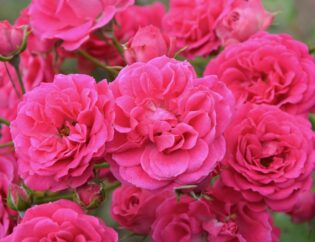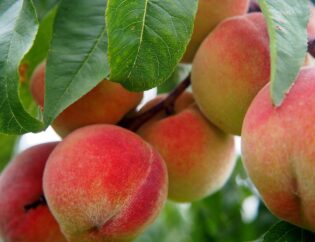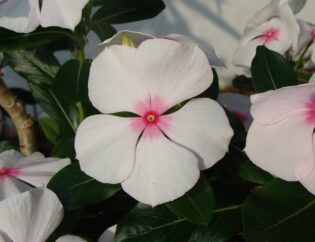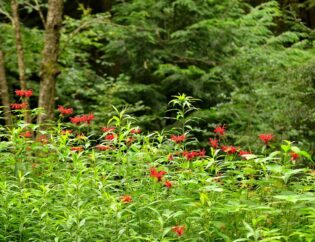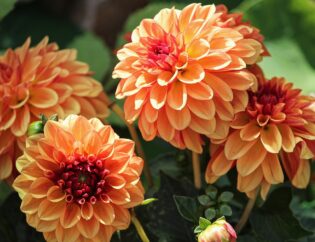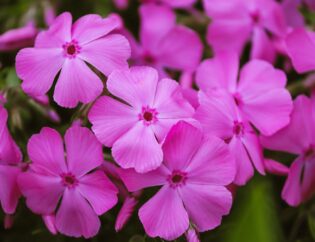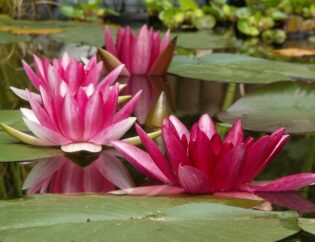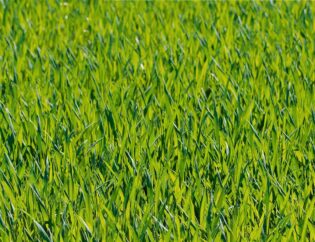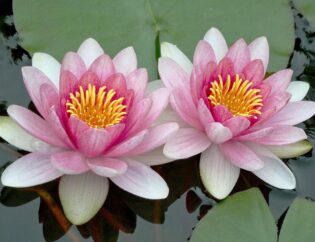
Walk into any nursery or the plant department at a local home improvement store and ask about the best types of plants for easy landscaping. Without a doubt, it’s likely the salesperson will bring up landscaping with arborvitae shrubs.
“Arborvitae” literally means the tree of life and can be found lining streets and yards all across North America. It isn’t hard to see why these gorgeous evergreen plants are so popular.
Why Choose Arborvitae?
There are many benefits of landscaping with arborvitae plants, which is a big reason why they are so popular. They are versatile, growing in climate zones 2 through 8 and in various soil types. Depending on the species, they can be quick to grow, adding up to 3 or 4 feet per year.
These evergreen plants grow thick and strong and require minimal care, making them ideal for privacy barriers and windbreaks.
How Difficult Is Their Care?
Caring for arborvitae is pretty simple and straightforward. Once the roots have been established, a watering schedule that keeps the soil moist is generally preferred by these plants. Moist, well-draining soils help ensure consistent growth.
Yellow foliage will alert homeowners that the plant needs more water. There are generally two causes for a thirsty plant. One is under watering. In that case, simply increase the frequency of irrigation. The second (and tougher to fix) problem is root rot. If boggy conditions persist, a plant’s roots can actually rot and become incapable of pulling water into the plant.
Arborvitaes do best in at least 6 hours of sunlight each day. In good soil with enough sunlight, fertilizer isn’t always necessary, especially for mature shrubs. That said, if an arborvitae plant shows signs of deficiency like yellowing foliage on new growth, then a fertilizer application is in order.
Only fertilize arborvitae plants during the growing season. The fertilizer blend for arborvitae is higher in nitrogen. This is typical for plants with dense foliage as nitrogen is a supporting nutrient for leaf and needle development.
These beautiful plants benefit from humidity, which makes them a great choice for the Atlanta area.
What Types of Arborvitae Are Available?
There are 5 species of arborvitae and all are members of the genus Thuja. The two main types are American Arborvitae (Thuja occidentalis) and the Giant Arborvitae (Thuja plicata). Multiple cultivars from both species are available.
Interestingly, though some of the common names for arborvitae include the word “cedar”, none of the arborvitaes are actually cedar trees in the genus Cedrus.
Green Giant Arborvitae
The Green Giant arborvitae is one of the biggest and fastest-growing types of arborvitae. This pyramid-shaped tree can easily grow to between 40 and 60 feet tall and about 12 to 18 feet wide.
With a growth rate of 3-5 feet per year, it doesn’t take long for these trees to become towering giants. Homeowners love them for their year-round glossy green foliage and winter hardiness.
Globe Arborvitae
Globe arborvitaes, as the name suggests, grow in a cute spherical shape. They are much more moderate in height. Some types only grow a couple of feet tall (and wide) while others make it to 4-10 feet tall and 8-15 feet wide.
They grow much more slowly than the green giants (less trimming!) and maintain their spherical shape on their own. These are the types of plants that make landscaping with arborvitae such a joy for many homeowners.
Golden Arborvitae
For those who want more than just green in their yards, golden arborvitaes offer the chance to change it up a bit. The golden or yellowish foliage adds interest to an otherwise green landscape.
Some of the golden arborvitaes grow as a round bush such as the diminutive 2-4 foot tall Golden Globe plant. Other types can mature to between 6 and 12 feet tall.
The Classic Privacy Hedge
Landscaping with arborvitae is popular among homeowners looking for a nice privacy hedge. Their foliage stays thick and green (or golden) all year round and their low maintenance makes it easy to keep up with this living fence.
Choose a moderately fast-growing type to grow the fence quickly. After that, the hedge will require periodic trimmings to keep it from looking overgrown and regular watering, but that’s about it.
Topiary Art
Arborvitaes already come in different shapes including conical and spherical, plus they maintain their shape well when trimmed. Thus, slow-growing types of arborvitae are popular in topiary gardens where the plants are pruned into intriguing shapes such as animals.
Topiary frames make it easy for the average homeowner to create their own topiary art. As the tree grows out of the frame, simply trim it off so the plant keeps its shape. For more tips on making your own topiary, check out this article.
Borders Along Walks and Driveways
The taller, thinner types of arborvitaes are popular to use as borders along walkways and driveways. They are a nice way to break up the landscaping in a pleasing way as well as add interest and texture.
Smaller globe arborvitaes also work great to add color along walkways without blocking the view. Since they don’t require heavy watering, it’s easier to care for these types of living borders as opposed to flowering annuals or the like.
Landscape Focal Points
Larger arborvitaes make wonderful focal points. The taller, thinner types are striking and easily draw the eye. The bushier, more rounded types are perfect for filling a space and giving the eye somewhere to rest. Spherical, globe-shaped arborvitaes are useful for softening otherwise harsh angles.
These focal points are particularly stunning when homeowners turn their main arborvitaes into works of topiary art as previously mentioned. For more information on focal points in landscape design, there’s a helpful article right here.
Give Them Space
When landscaping with arborvitae, homeowners should research the spacing recommendations. Plants that are too close together can develop diseases or be susceptible to insect infestations.
Plus, if they don’t get enough light, the thick, lush foliage that is so beloved eventually grows thin and sparse. Not to mention, pruning perennials that are planted too close together will always present maintenance headaches. Maintenance of a tidy landscape is so much easier when plants are spaced appropriately from the start.
Got a Project in Mind?
Here at Atlanta Turf & Tree, we take immense pride in building beautiful, lasting landscapes that double as living art. We have over 35 years of combined experience in the industry and understand the challenges unique to Georgia landscapes. Contact our landscaping services experts to get going on your project!
